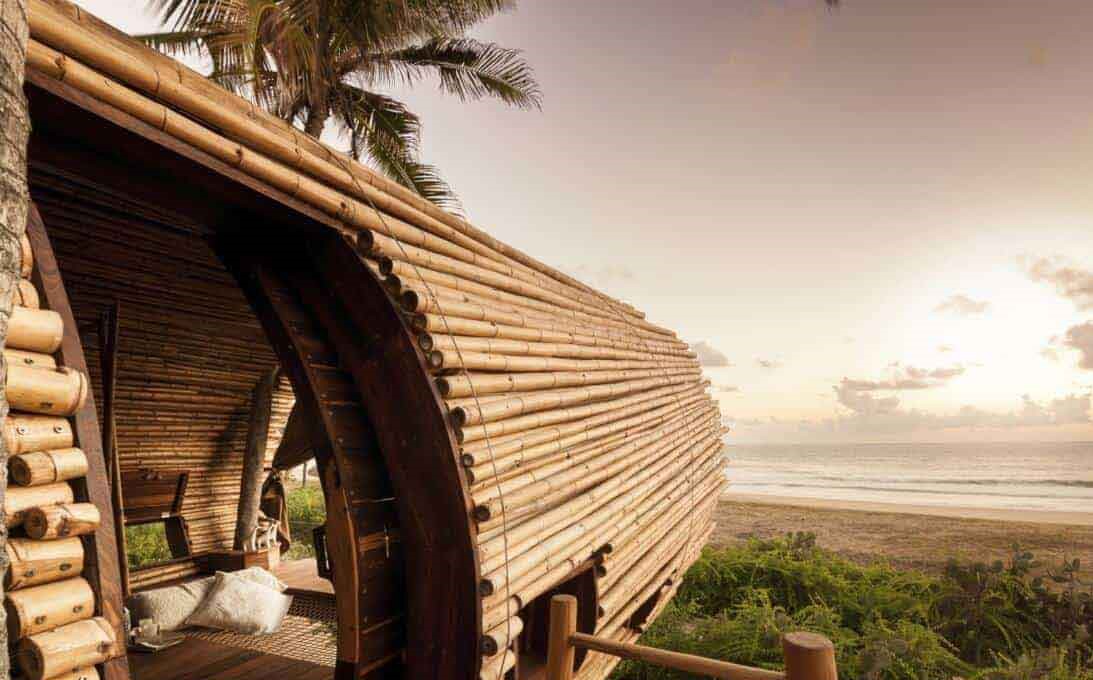Travel Trend
Mar 2021

Regenerative travel is a new sustainable travel* movement that is trying to make post-pandemic travel more environmentally friendly, less crowded, and more socially responsible.
Before the coronavirus pandemic, tourism was one of the fastest-growing industries in the world. According to the World Tourism Organization (UNWTO), international travel went from generating $4 billion a day in 2017 to $5 billion a day in 2018. Although this was definitely helpful for the world’s economy, but not so great for the environment.In fact, millions of tons of CO2 was generated from increasing air travel, European cities were becoming unlivable due to tourist crowds and rising rent, and previously pristine beaches in Thailand became flooded with plastic trash from hotels and tourist boats.
In fact, millions of tons of CO2 was generated from increasing air travel, European cities were becoming unlivable due to tourist crowds and rising rent, and previously pristine beaches in Thailand became flooded with plastic trash from hotels and tourist boats.
Regenerative travel is a movement to reduce the impact of travel as well as support local communities in touristic destinations. Not only does it focus on minimizing waste and plastic consumption, supporting locally-led tours, and visiting less commercial locations, regenerative tourism is about dynamically developing the social or environmental characteristics of the touristic country. In the words of Jonathon Day, an associate professor focused on sustainable tourism at Purdue University, it is about “leaving a place better than you found it.”
How can a tourist actually affect local communities? Try visiting resorts, tours, and safaris that are employing disadvantaged members of the community, or that support environmental and social initiatives. Many hotels are now committed to support the regenerative travel experience. From Safari lodges in South Africa to luxury treehouses in Mexico, regenerative travel locations go beyond the average eco-resort by protecting natural habitats and cultural ruins and supporting local education, health, and economic development.




